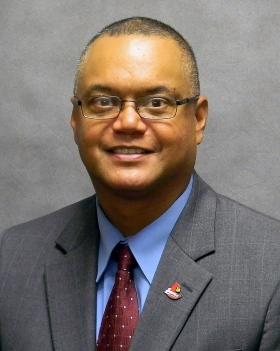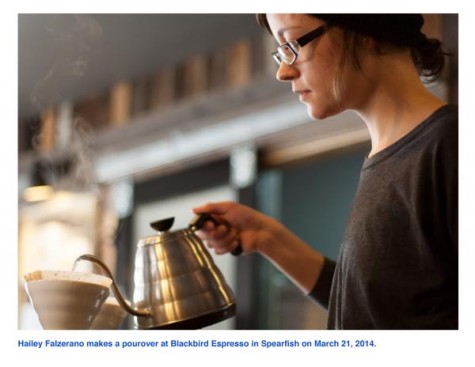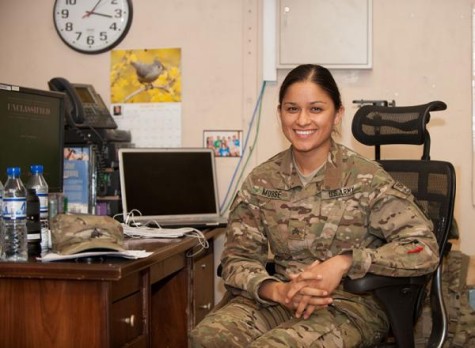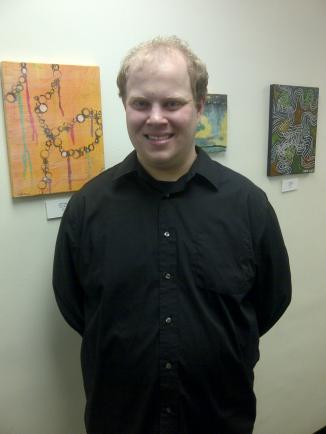Sanford Lab And BHSU Team Up On Underground Campus
The Sanford Underground Research Facility in Lead is designating a site as an underground campus for Black Hills State University. An old Homestake shop at the 48-50 level is being converted into a space for a variety of experiments. The typical University classroom experience is moving nearly a mile beneath the Eartha��s surface.
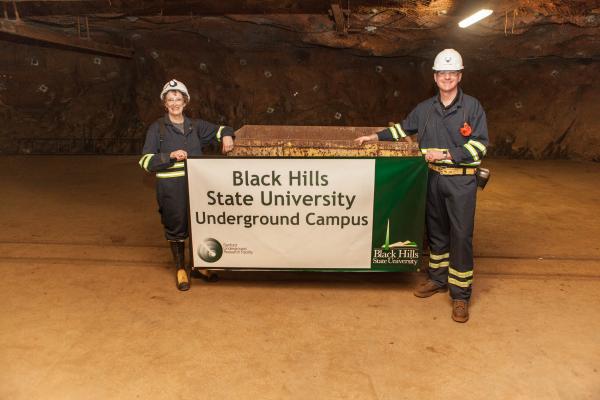
BHSU President Kay Schallenkamp and SDSTA Executive Director Mike Headley
The Sanford Underground Research Facility in Lead is teaming up with Black Hills State University to develop a space where students can get a hands-on learning experience outside the classroom.
The proposed underground campus at the 4850 level is designed to expose South Dakota college students to a research laboratory environment, to give them a place to conduct experiments, and to give them the opportunity to interact with actual scientists working at the Lab.
Executive Director of the South Dakota Science and Technology Authority Mike Headley says the new twenty-five-hundred-square-foot underground campus includes a clean room.
“Roughly about two-thirds of the space will be used for various small low-background-counting experiments and the remainder of it will be used for biology and geology experiments. So we’ll be managing the space – a partnership with Black Hills State – and we’ll see institutions from really all over the world that will be involved with performing work in that room,” says Headley.
Headley says the underground campus won’t just be used by those studying science. He says faculty and students from several other disciplines like business, photography, and even music will utilize the space.
“It’s really enjoyable for us as well too. I started working at the Lab five years ago – I never would have thought we’d be doing any sort of research into acoustics underground. So I think really it’s kind of fun for us too to be open and to be exposed to some different types of science underground that we never really thought of,” says Headley.
Headley says once funding is finalized the underground campus is slated to be up-and-running by 2015.




